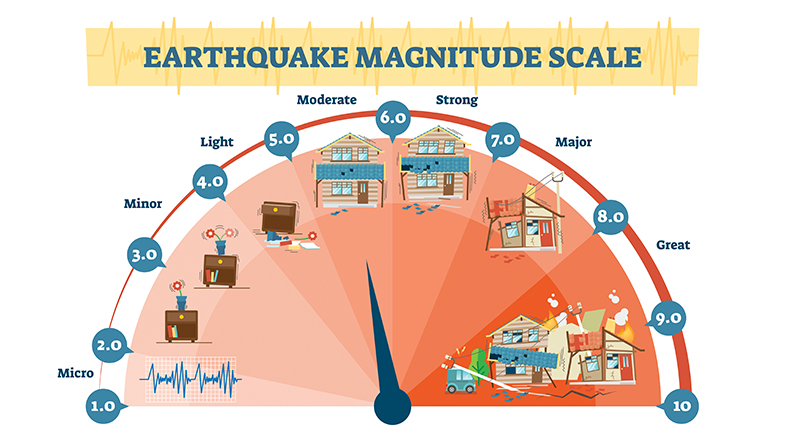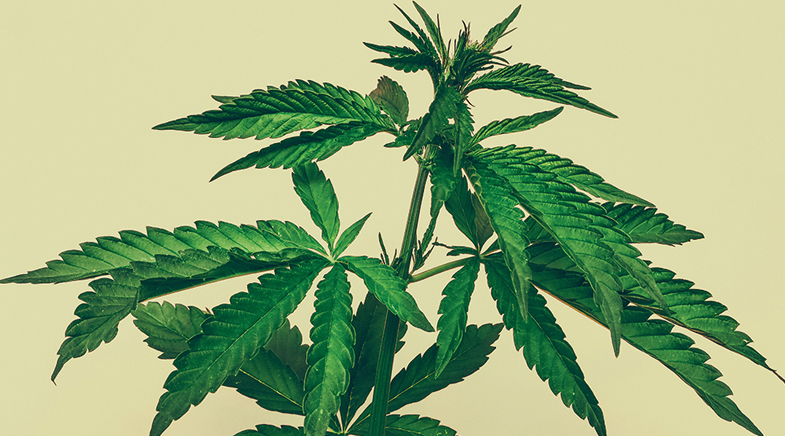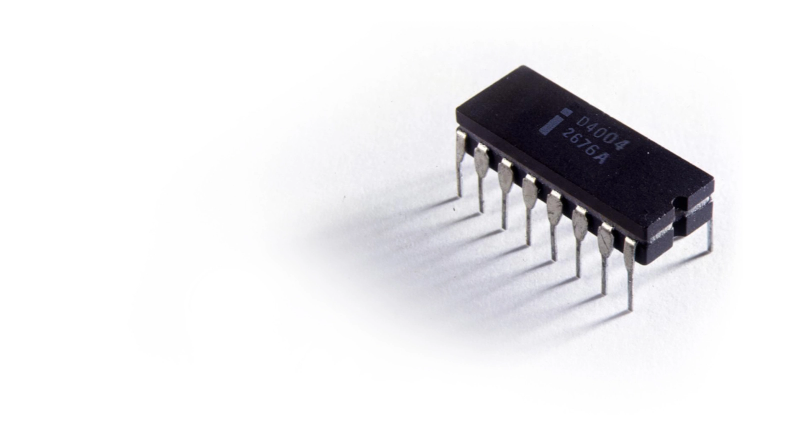The beautiful experiment
-
- from Shaastra :: vol 02 issue 04 :: Jul - Aug 2023

Designing experiments to avoid bias is the foundation of modern science.
Science popularisers such as Neil deGrasse Tyson and Richard Dawkins make science interesting. They pick up the oddities of the natural world to reveal the underlying scientific concepts. For viewers, science then becomes a Ripley's Believe It or Not! exhibit – a collection of interesting and sometimes weird concepts. If that is the sum of science, every field of human endeavour, each with its own concepts and explanations, can be considered science. And, yet, no one will confuse disciplines like acting or carpentry with science.
If we cannot define science simply by what it produces – facts and explanations – what is it? What is the one characteristic that is so integral to science that when you see it, you can be sure it is science? That one feature of science is its craving for truth based on evidence from experiment or observation.
THE QUEST
An unrelenting search for truth is the hot steamy engine room that keeps the ship of science moving toward the truth. The scientists who do the real work are below decks greasing the engines, their coveralls stained with oil. The fellows on the bridge who point out the sights to the passengers are the Neil deGrasse Tysons of the world. The beauty they reveal would have remained hidden if the scientists below decks had not been doing their work. What is it in the work of a scientist that corresponds to the work done in the engine room of this metaphorical ship of science? It is the scientific method.
The scientific method begins with unbounded scepticism. Scientists are quintessential "show me the data" types. And often, it is not enough to show data from a single experiment. It has to be replicated across time, in many laboratories, spanning several time zones, for it to be accepted as true. And then it is subject to statistical scrutiny to minimise the possibility that the observations were flukes. The scientist is sensitive to cognitive bias and uses extreme rigour to avoid being deceived by data.
If people were explained the struggles that scientists undertake to find the truth in clinical trials, many more would accept the findings.
Why is it important to know and appreciate this aspect of science? Because we live in a world where science is often ignored, misused or denied. Social media has stoked this trend. One in six Americans (and many Indians as well) lived in denial about the effectiveness of COVID-19 vaccines even as the pandemic killed people in the thousands. Most of them would not have known how risks and benefits are weighed before a vaccine is approved.
The development and approval of new vaccines and drugs using the randomised controlled double-blind clinical trial is the archetype of the scientific method. These studies involve thousands of trial subjects, half of whom are randomly assigned to receive a placebo, an inactive look-alike of the active drug; neither the subject nor the doctor administering the medicine knows who is getting what. Since the assignment code cannot be revealed until some predetermined endpoint is reached, bias cannot contaminate the data.
While we may think that the clinical triallists are being pernickety, experience informs us that their fear of bias is well-founded. Designing experiments to avoid bias of any kind, including the cognitive biases that plague human beings, is the foundation of modern science. If people were explained the Sisyphean struggles undertaken to find the unvarnished truth in clinical trials, many more would accept these treatments.
SCIENCE SELF-CORRECTS
Even scientists doing laboratory work are not off the hook. Every step of their scientific journey, until they publish their paper in a journal, is subject to critical examination by peers. The peer review process can be mortifying, but the intent is pure: to ensure that science is not contaminated by bad data and wrong interpretations. Science is the one human endeavour that struggles to avoid self-deception in its attempts to glean the truth. This does not mean that science always succeeds in finding the truth. But when new evidence emerges that contradicts an earlier belief, the scientific community shows great alacrity in modifying the original belief. This self-correcting nature of science is intrinsic to it. Science is not a religion. If scientists are wrong, as they sometimes are, it is not because they are pig-headedly wedded to their beliefs in the face of new facts. If science popularisers included this aspect of science in their narratives, they would be doing us a service. There would be fewer science deniers and anti-vaxxers.
We live in a strange time in which modernity coexists with the most archaic beliefs. People use flimsy, anecdotal evidence to deny scientific knowledge, even as they welcome the wildest claims of self-proclaimed YouTube gurus. And, especially at a time when slavish loyalty to tradition valorises knowledge artefacts from the distant past, we would be wise to adopt the sceptical stance of science and demand data before succumbing to belief.
Have a
story idea?
Tell us.
Do you have a recent research paper or an idea for a science/technology-themed article that you'd like to tell us about?
GET IN TOUCH















